Graham Reid | | 4 min read
The Understudy
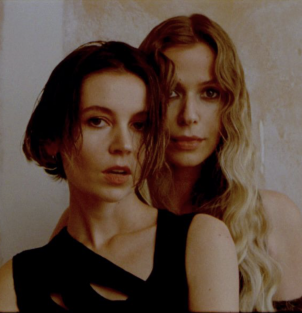
From time to time Elsewhere will single out a recent release we recommend on vinyl, like this which comes on red vinyl with a lyric sheet and, which we wish all vinyl purchases included, a download code for a digital copy.
And it has a framable cover, which we talk about specifically because it is clue to the contents.
Check out Elsewhere's other Recommended Record picks . . .
.
One afternoon in August 1843 the acclaimed English painter Richard Dadd, then in his mid Thirties, murdered his father with a knife while they were out walking, convinced the older man was the Devil.
Dadd -- who fled to France before he was caught, brought back to Britain and committed to Bethlem psychiatric hospital – had suffered delusions for a few months but they had become progressively worse.
He was to spend the rest of his life in institutions: he died in 1886 aged 68, at Broadmoor Hospital where he had been kept for almost two decades.
But never stopped painting and his beautiful, obsessively detailed, small canvases are imbued with mystery and possess a romantic, Victorian Gothic quality.
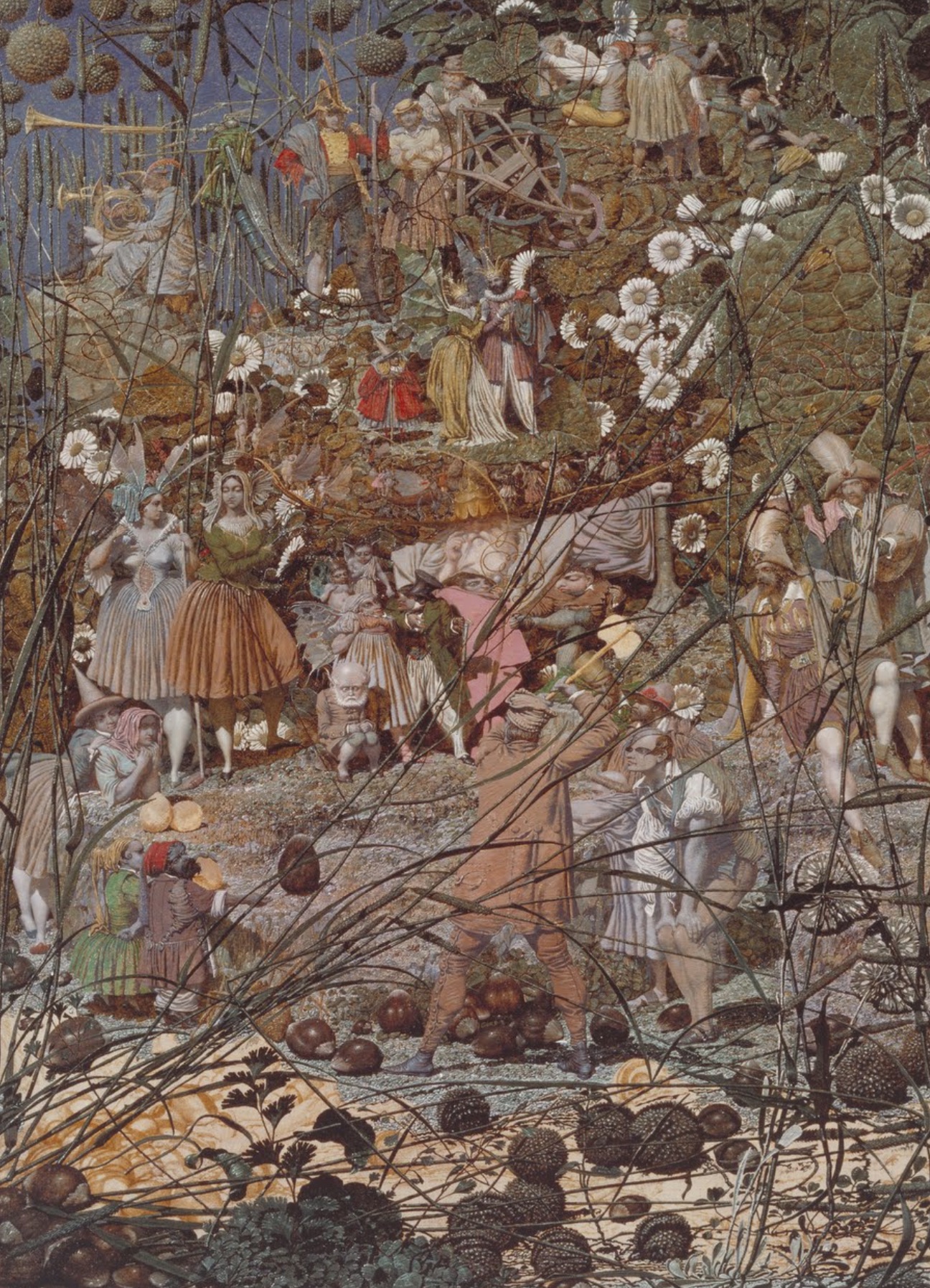 They are rarely dark but a sense of unease moves through them.
They are rarely dark but a sense of unease moves through them.
Works like Contradiction: Titania and Oberon inspired by Shakespeare (king and queen of the fairies) and especially his extraordinary, unfinished The Fairy Feller's Masterstroke (pictured, in the Tate Britain collection) have a magical quality where little is as it seems .
The sense of perspective or depth shift depending on where the viewer's eye alights.
Dadd was such singular figure and visionary that he has inspired few followers.
Yet aspects of his attraction to characters from classical literature, the foregrounding of bushes, sticks and stems of shrubs, the inclusion of birds and animals, and the almost Pre-Raphaelite attention to detail and subdued sensuality can be seen in the recent work of the New Zealand artist Andrew McLeod such as Dance of a Nation (pictured).
 One of McLeod's works which will be seen by many is the cover of the album The Coin That Broke the Fountain Floor, the debut by Clementine Valentine (Clementine and Valentine Nixon, formerly Purple Pilgrims).
One of McLeod's works which will be seen by many is the cover of the album The Coin That Broke the Fountain Floor, the debut by Clementine Valentine (Clementine and Valentine Nixon, formerly Purple Pilgrims).
The McLeod painting is Sisters With Rose Bush and captures the swooning romanticism of the Nixon duo's sound which is most commonly being described as “ethereal”.
While that is true it doesn't fully account for an album as nuanced and layered as the art of Dadd and McLeod, one which draws on cello, synths, various guitars, (12-string, pedal, acoustic and electric), keyboards, bass and programming alongside the vocals of the two leaders which are, yes, undeniably ethereal in places.
In many ways The Coin That Broke the Fountain Floor is a more refined and elevating extension of what Purple Pilgrims were doing where their voices gently soared over – and wove in and out of – the sonic settings.
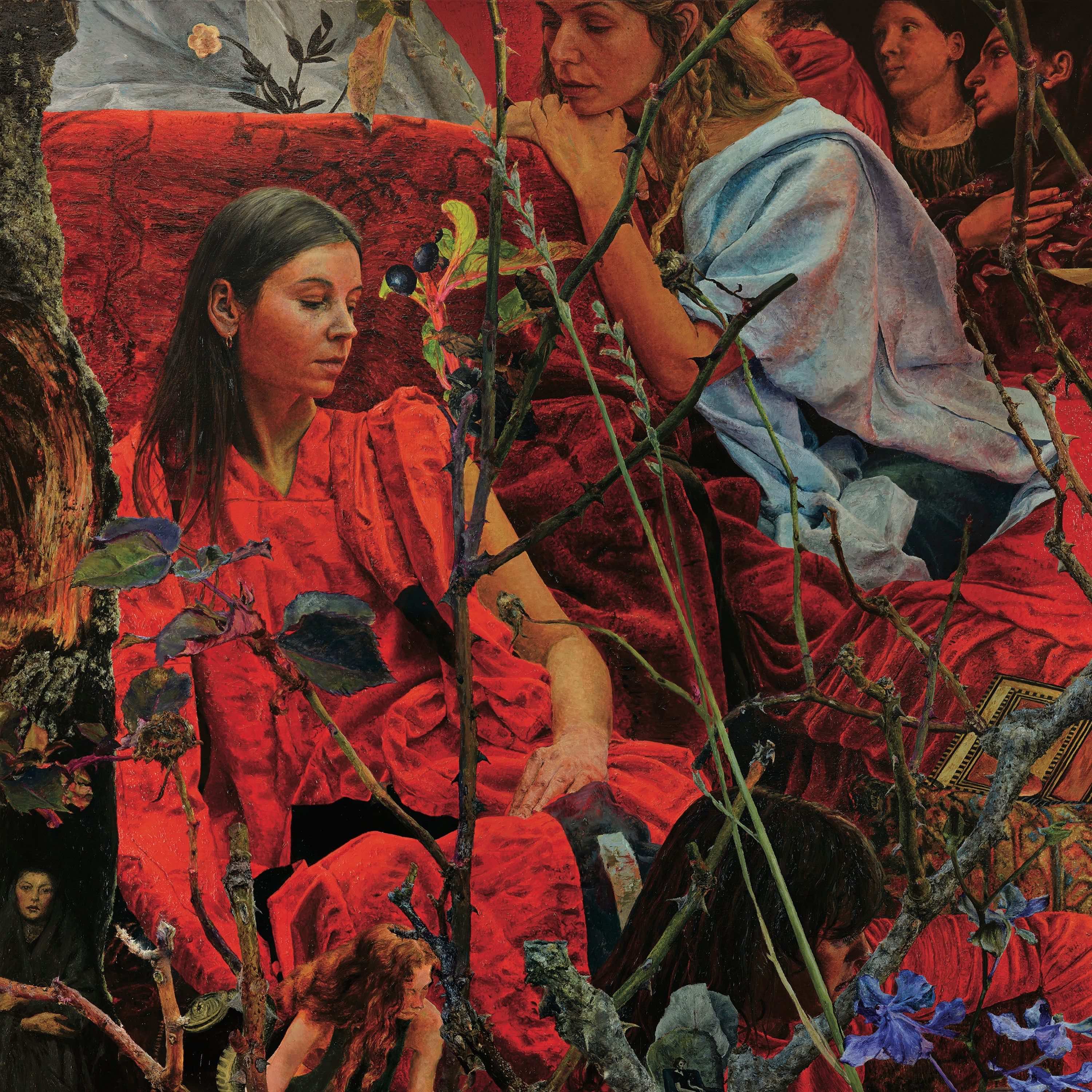 If Purple Pilgrims were broadly in the loosely defined “dream pop” or “folkadelic” genres (and hints of Celtic ambience on Delphiniums in Harmony on their excellent 2019 Perfumed Earth album), as Clementine Valentine there is a discernible shift deeper into folkloric poetry, atmospherics and embellished Anglofolk, but not at the expense of their pop intelligence.
If Purple Pilgrims were broadly in the loosely defined “dream pop” or “folkadelic” genres (and hints of Celtic ambience on Delphiniums in Harmony on their excellent 2019 Perfumed Earth album), as Clementine Valentine there is a discernible shift deeper into folkloric poetry, atmospherics and embellished Anglofolk, but not at the expense of their pop intelligence.
Reference points might well be Kate Bush-meets-recent-Church as on All I See with its subtle rhythmic chug and wash of synths: “Marble statue moonlit light, flesh that doesn’t yield, I’ll embrace them in the dark, imagine how you’d feel way up there is Jupiter and here inside my heart. I’ll carry it everywhere, we’ll never be apart”.
Or on material with an ascending operatic reach as on the undulating Time and Tide anchored by the disciplined drumming of Matt Chamberlain (Bowie, Fiona Apple, Lorde) and touchstones in Eighties synth-pop.
Or songs with a layered, magic ritualism: The Understudy, like a more dramatic and desperate Enya in places with its reference to the shapeshifting, Scottish mythological beings: “The Selkie hid her skin, to hide a world within. The weeds would wave in time, the prequel cast a line. The salted rock stood still, to break the swell at will to sing in seas of sound, ‘till human voices wake us and we drown”.
The mysterious Selenelion with pedal steel – “said the nymph in waters blue, can I come and sit with you? I’ve been tiring all my days, looking for a place to graze” – melds an Anglofolk approach steeped in myth and fables as it floats in a mood of warm and beautiful yearning. The song title will have you heading for the dictionary and will confirm the aspect of spiritualism and naturalism this duo so confidently explore.
 Much of this sounds like it comes from the world of dreams, myths, visions and evocations of a mystical past, much as the cover art suggests, a world where sleepers wake and such dreams as remain exist between the subconscious and reality.
Much of this sounds like it comes from the world of dreams, myths, visions and evocations of a mystical past, much as the cover art suggests, a world where sleepers wake and such dreams as remain exist between the subconscious and reality.
So, still dream pop, perhaps?
Certainly the lovely Endless Night which rides across acoustic guitar is an enchanting piece of pop in the manner of PJ Harvey, Natalie Merchant, Beth Orton and Kate Bush, or closer to home Nadia Reid, Jazmine Mary and Tiny Ruins.
The stately lift of Actors Tears reminds you that this is folk music too, but only if we read “folk” as meaning it is part of a deep, underlying tradition which includes A Midsummer Night's Dream, William Blake and the Romantic poets, and Van Morrison of the Seventies, not the cliched gestures of fiddle, finger-in-the-ear singers, finger-picking guitars and hey-nonny lyrics.
Music with this much lushness, emotional content and dramatic reach requires an assured hand on the tiller and the producer here is Randall Dunn (soundtrack composer Danny Elfman, electronic experimentalist Oneohtrix Point Never among others).
 The Coin That Broke the Fountain Floor – and who uses words like “coin” and “fountain”, let alone what that image evokes, these days? – is an album bathed in a kind of golden light and Pre-Raphaelite mystique: “I could tell the child was mine, took it for a sign. Glimpsed her yellow baby hair, carried with me everywhere, to Avalon” on All Yesterday's Flowers.
The Coin That Broke the Fountain Floor – and who uses words like “coin” and “fountain”, let alone what that image evokes, these days? – is an album bathed in a kind of golden light and Pre-Raphaelite mystique: “I could tell the child was mine, took it for a sign. Glimpsed her yellow baby hair, carried with me everywhere, to Avalon” on All Yesterday's Flowers.
And it comes in a cover by Andrew McLeod which captures its ethereal spirit.
.
You can hear and buy this album at bandcamp here
.

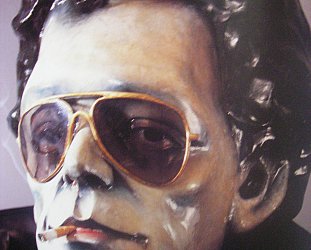

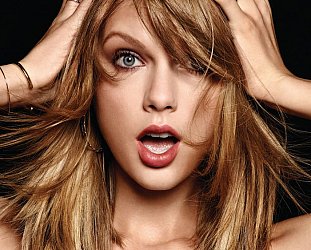

post a comment